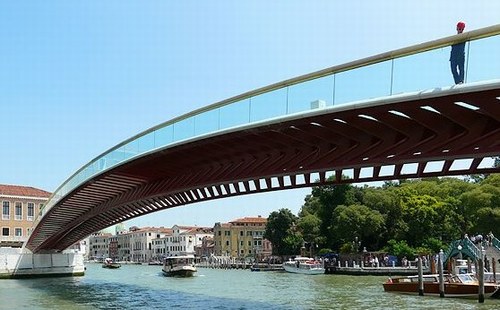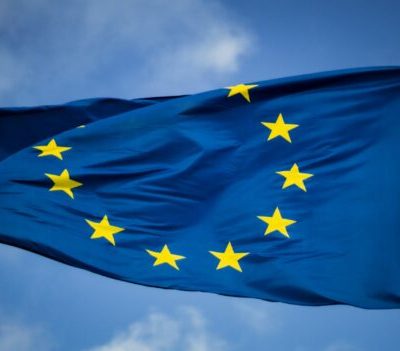
For all those involved in building Europe, the enlargement of the European Union rouses both excitement and worry. Excitement because it marks the final reconciliation of Europe’s people 47 years after the project was conceived; worry since it represents a critical test of the fragile nature of the construction and its modest internal and external means of regulation. Even Europe’s most committed proponents question and doubt the Union‘s ability to overcome the challenge posed by the number and extent of its various disparities.
In this respect, 2003 seemed to lend weight to the idea that the reunification of Europe was an unrealistic project. In February, at the height of the Iraqi crisis, the term “new Europe” was used to describe the countries of Central and Eastern Europe as opposed to the old Western Europe which was assimilated with a cautious, fearful and stubborn attitude. The choice of term was unfortunate in the circumstances. Taken out of context it is even more regrettable and indeed fallacious. Further differences seemed to surface last autumn, first that which divided smaller and larger states at the Intergovernmental Conference on revising Europe‘s institutions, then that which emerged between contributing and receiving countries as regards the financial implications of the Community budget for 2007-2013.
As this report will explain, my view is that a new Europe is emerging, but it has nothing to do with what happened last year. It is pointless looking for the new Europe at European Council of Ministers’ meetings or in negotiations where weightings for qualified majority voting are fought over time and time again. Instead the new Europe can be found in the progress made in terms of European integration at the grassroots level – locally or regionally – and in the trans-European economic and social networks that are influencing the flow of goods and ideas, governance and the management of public services, working methods and political projects. In fact, the new Europe is taking shape in the many facets of trans-European cooperation.
Admittedly, these changes remain minor, but they have nonetheless begun to take place over the past ten years. They form part of a long-term phenomenon that will probably not end for another decade or so. But at a time when the European Union is growing with ten new members, these transformations are particularly important, since they will better enable us to cope with the challenge of having over 500 million people live in a cohesive Europe. Over and above the constitution, which is crucial but which will ultimately provide no more than a framework, the new Europe needs to devise and implement appropriate financial and regulatory instruments.





